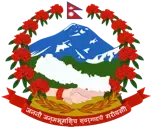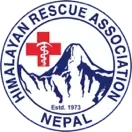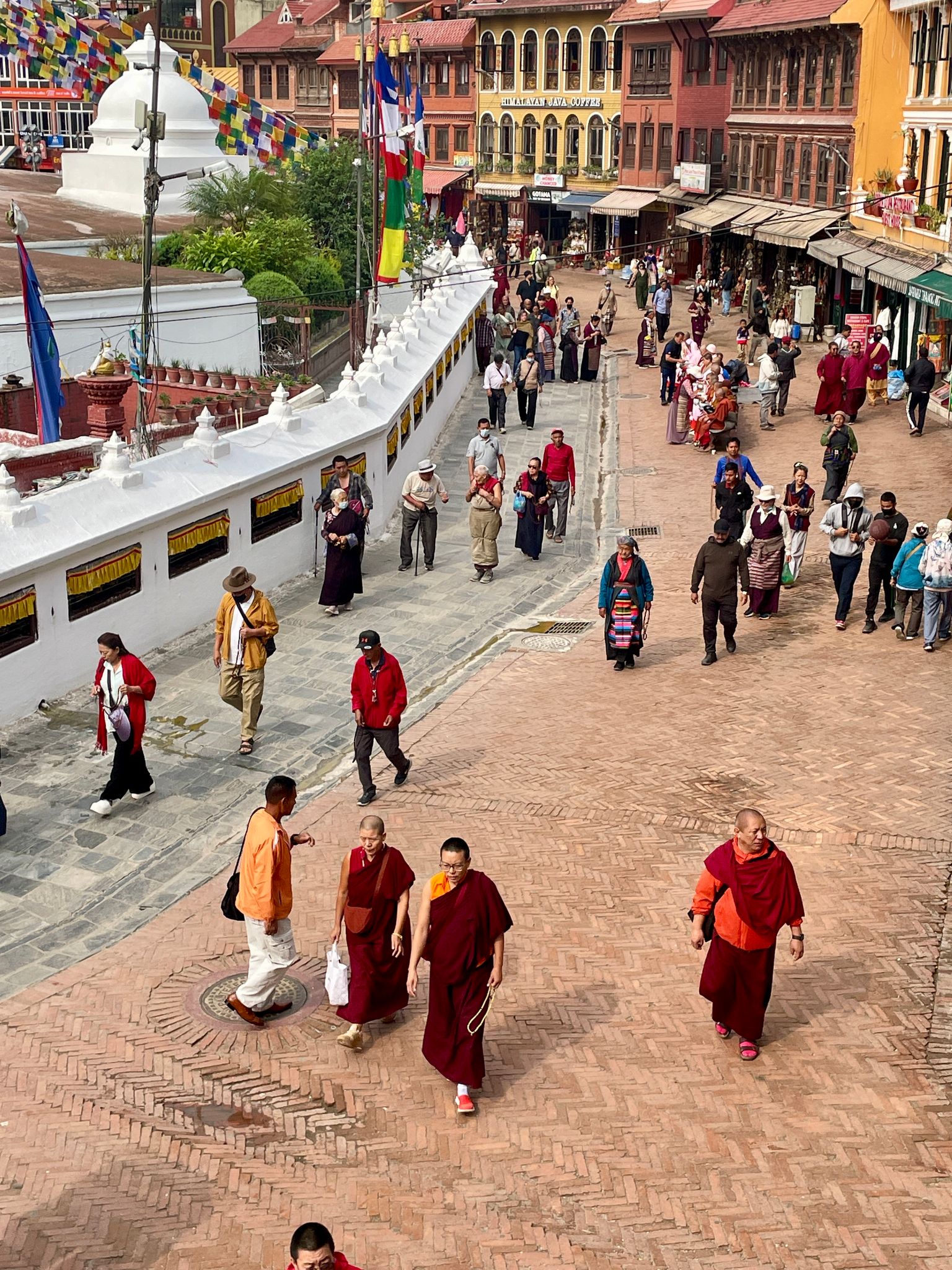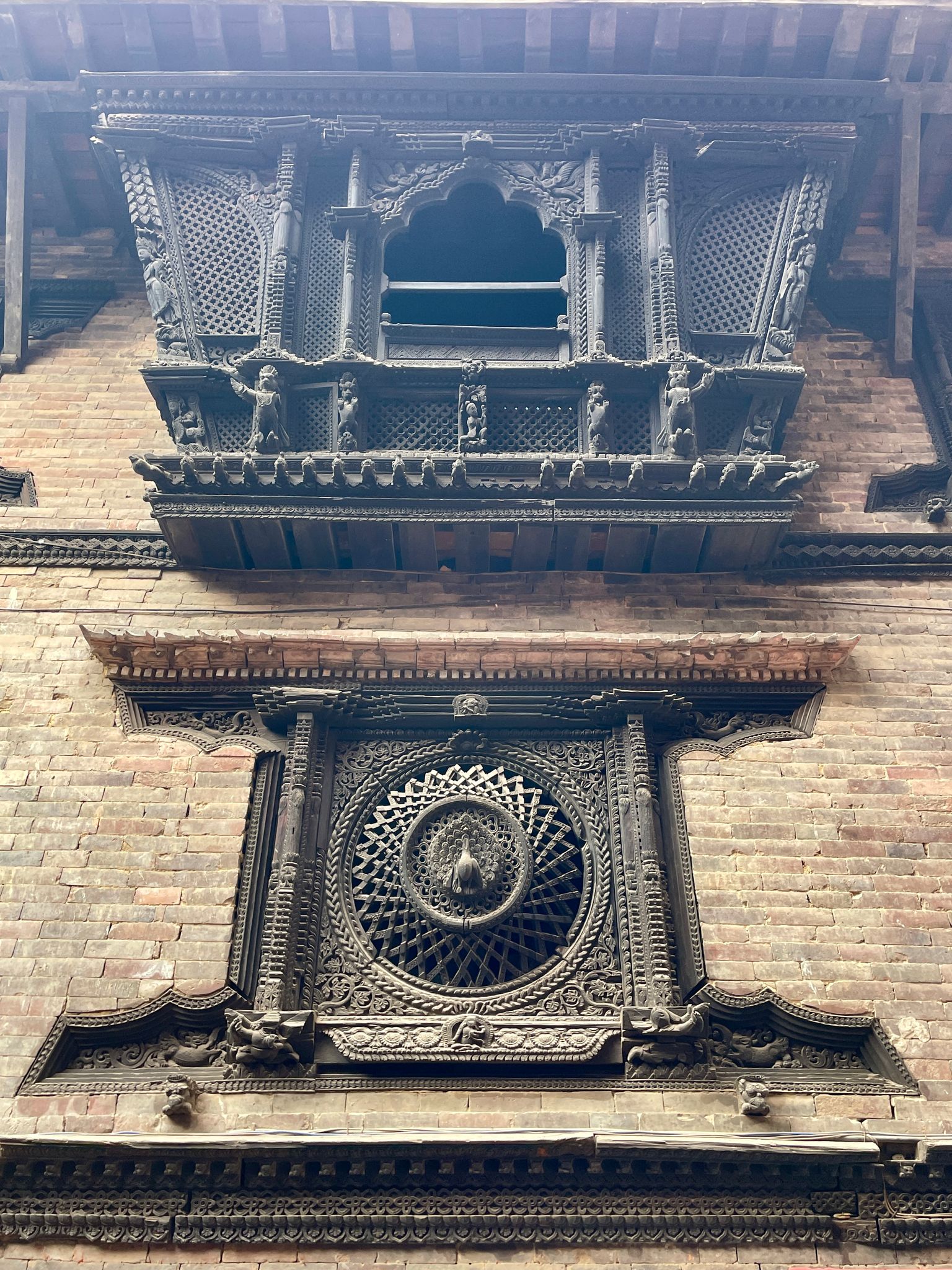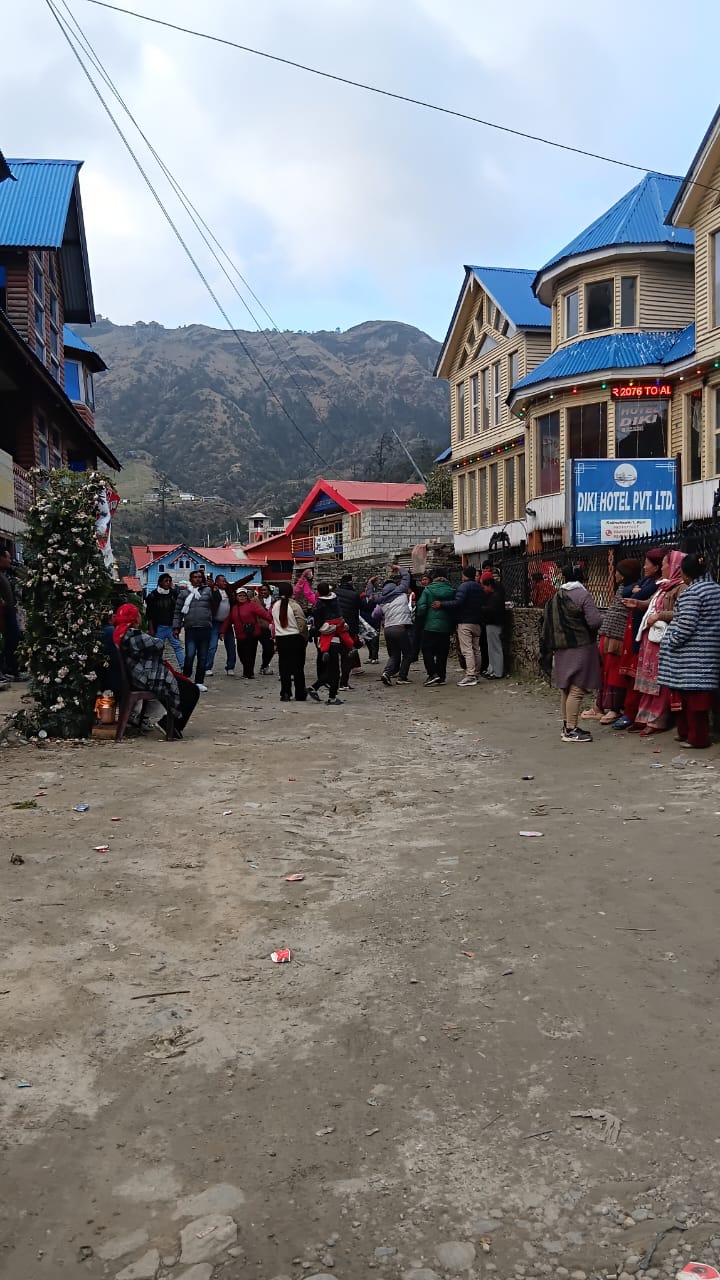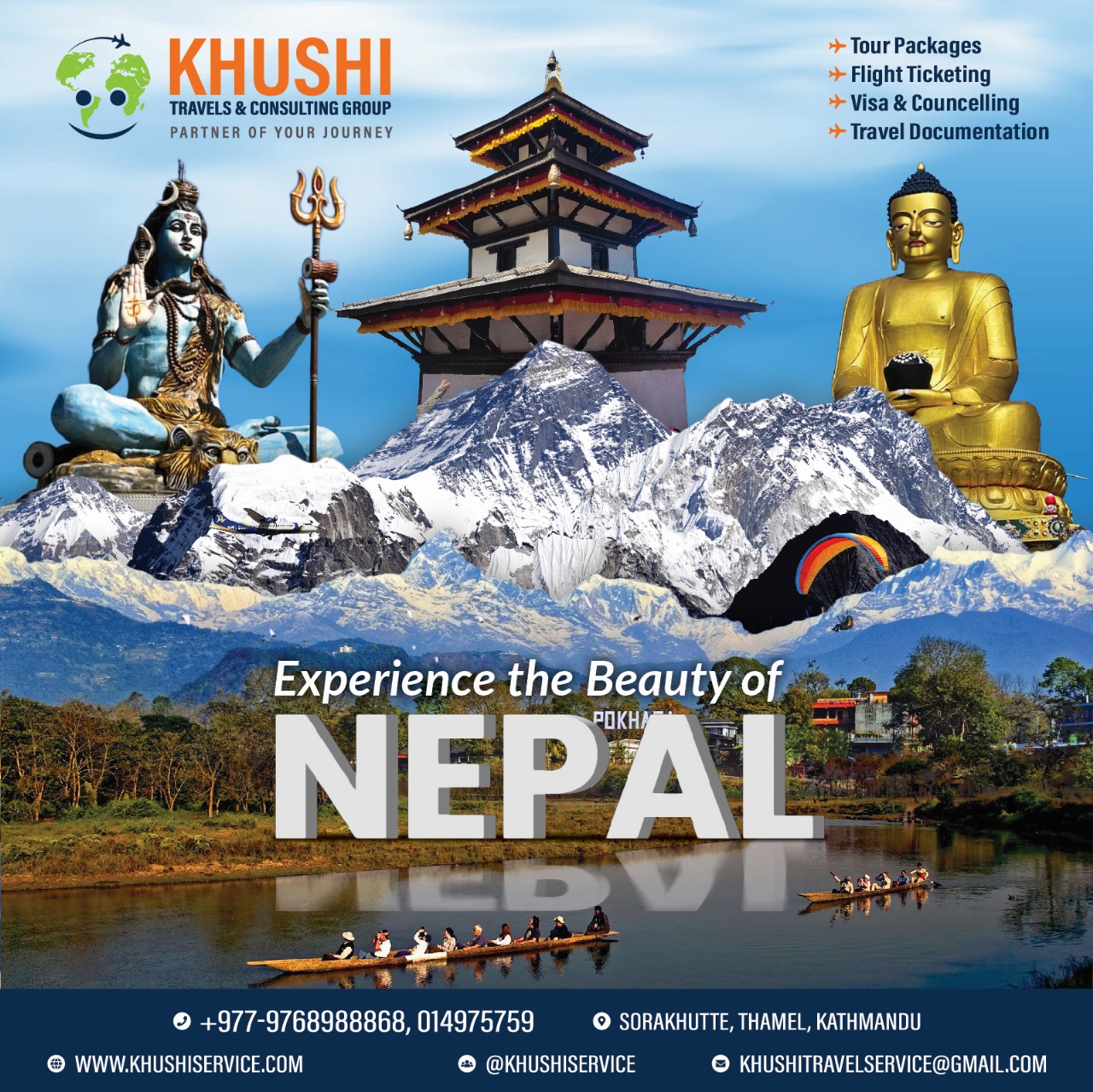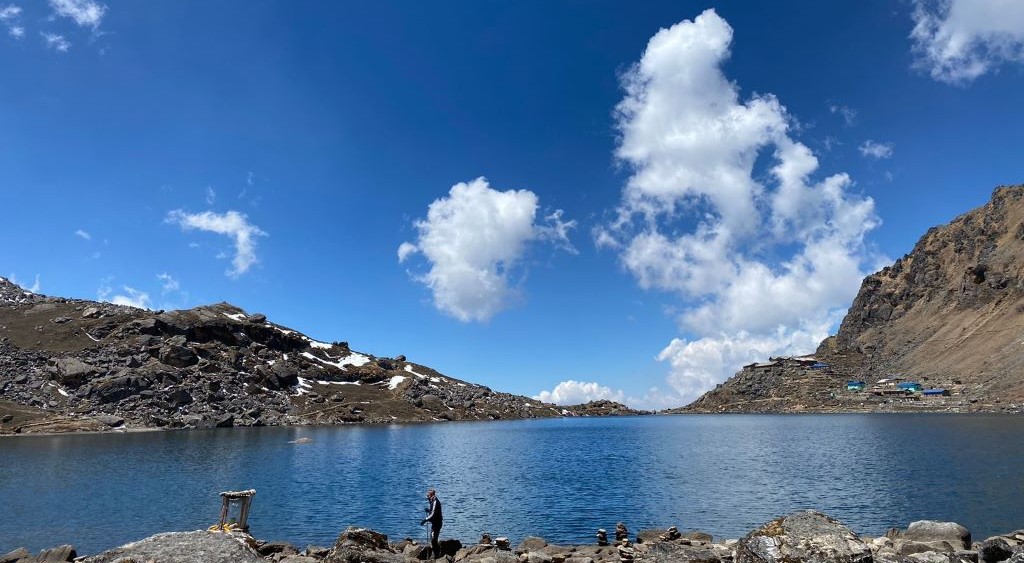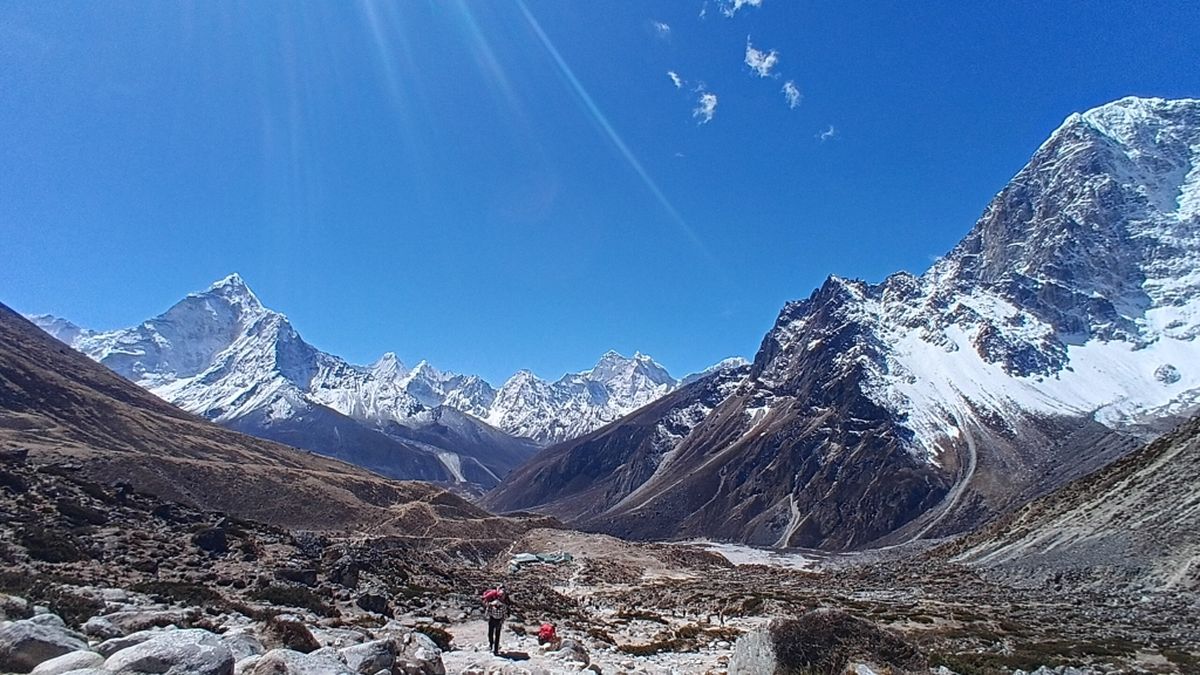

Nature Tourism in Nepal
Nature Tourism in Nepal
Nature tourism has been Nepal’s strongest attraction. Trekkers and adventurers come from across the world to walk through its valleys, scale its peaks, and sleep under its star-filled skies. The growth of trekking in Nepal began decades ago, but it continues to thrive because of the variety of trails. From short hikes near Kathmandu to long expeditions into the remote Himalayas, every level of traveler finds a path.
What makes nature tourism even more appealing is its connection to local culture. A trek through the hills is not just about landscapes; it’s about meeting villagers, sharing meals, and experiencing rural life. This blend of culture and nature is what makes Nepal so unique in the tourism world.
Ecotourism in Nepal
With time, tourism in Nepal has evolved into a more sustainable model. Ecotourism has become a priority, focusing on protecting nature while giving travelers authentic experiences. The journey of ecotourism began with conservation programs and community-based projects. National parks and conservation areas were established, ensuring that wildlife and forests remained safe for future generations.
One of the pioneering projects was the Annapurna Conservation Area, which became a model of ecotourism. Here, local communities actively participate in tourism while ensuring the environment is preserved. The success of such initiatives has inspired similar projects across the country.
Annapurna Region
The Annapurna region is the jewel of trekking in Nepal. It welcomes more than half of all trekkers who come to the country. The area is not only rich in mountain views but also in cultural diversity. From Gurung villages to rhododendron forests, every step of the journey offers something new. Travelers often say that Annapurna is not just a trek, it’s an experience of life itself.
Sagarmatha (Everest) Region
Home to the highest mountain on Earth, this region is equally famous for its Sherpa culture. Villages like Namche Bazaar thrive as hubs for trekkers and climbers. The Everest region is also a world heritage site, recognized for both natural and cultural significance. Here, adventure blends with spirituality, and every sunrise over Everest becomes a memory for life.
Langtang Region
Close to Kathmandu yet wonderfully wild, Langtang is another favorite among trekkers. With sacred lakes like Gosaikunda, it is a blend of natural beauty and religious importance. The region is known for its serene trails, friendly locals, and accessibility.
The Terai Plains
Beyond the Himalayas, the Terai plains offer a completely different experience. Chitwan National Park, with its jungle safaris, elephant rides, and wildlife adventures, is a highlight for nature lovers. Bardia and Shuklaphanta are equally rich but less explored, making them perfect for travelers seeking off-the-beaten-path experiences.
Nepal in the Global Tourism Map
Though Nepal’s share in global tourism numbers is small, its importance is significant. When it comes to trekking, mountaineering, and nature-based experiences, Nepal is one of the most recognized destinations. Its open trails, friendly culture, and unparalleled landscapes make it a leader in adventure and eco-friendly travel.
In South Asia, Nepal holds a special place. While other countries are known for beaches or cities, Nepal is celebrated for its mountains, spiritual sites, and diversity of experiences within a small area. This uniqueness ensures that Nepal always remains a dream destination for global travelers.
The Future of Tourism in Nepal
Tourism in Nepal continues to grow, but it faces challenges. Infrastructure, sustainability, and environmental protection are crucial for the future. If developed wisely, Nepal can position itself as the global capital of ecotourism, balancing the needs of travelers with the preservation of its culture and nature.
The opportunities are endless: promoting hidden destinations like Rara, Phoksundo, and Koshi Tappu; strengthening community-based tourism; and ensuring that every traveler leaves with both joy and respect for the land.
Conclusion
Nepal is not just a place, it is an experience. From the snowy heights of Everest to the green plains of Chitwan, from the chants of monks in monasteries to the rhythm of traditional drums in villages, every moment in Nepal tells a story.
For travelers, it is a land where adventure meets spirituality, and where beauty is found in both landscapes and people. For Nepal, tourism is not only an industry but also a way to connect with the world.
At Khushi Travel and Consulting Group, we believe Nepal is a destination that must be experienced with heart. Whether you seek mountains, wildlife, culture, or peace, Nepal is ready to welcome you with open arms and endless discoveries.
Similar Blogs
We are associated with

